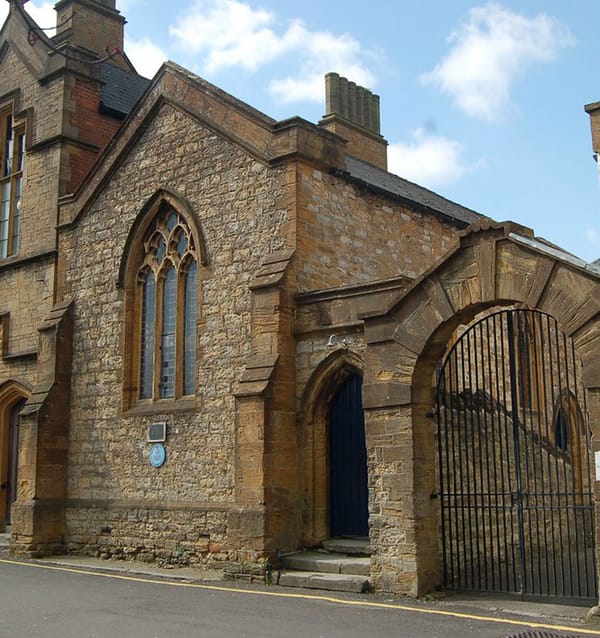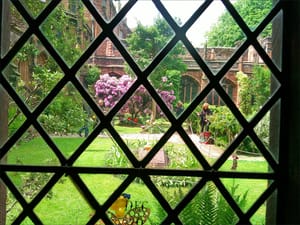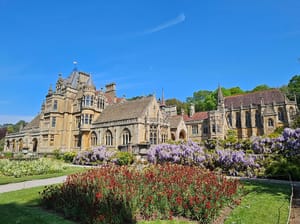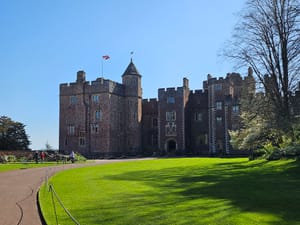Since moving to Somerset last year, I’ve found myself paying closer attention to my surroundings. Not just in the broader sense of enjoying the landscape or slower pace of life, but in noticing the small, often-overlooked details that hint at a place’s deeper story.
It’s a habit that has quietly reshaped how I experience where I live and where I visit – and how I think about the present.
Take Friday, for example. My wife and I were walking through Yeovil town centre along Church Path, a lane we’ve strolled along quite a few times without a second thought on the way to and from a car park. But this time, I noticed something I hadn't before: two plaques mounted on the wall of an old building just opposite the west door of the Church of St John the Baptist.
You can see them in the photos above and below. They’ve been there for decades. And yet I’d never noticed them, never mind stopping to read them.
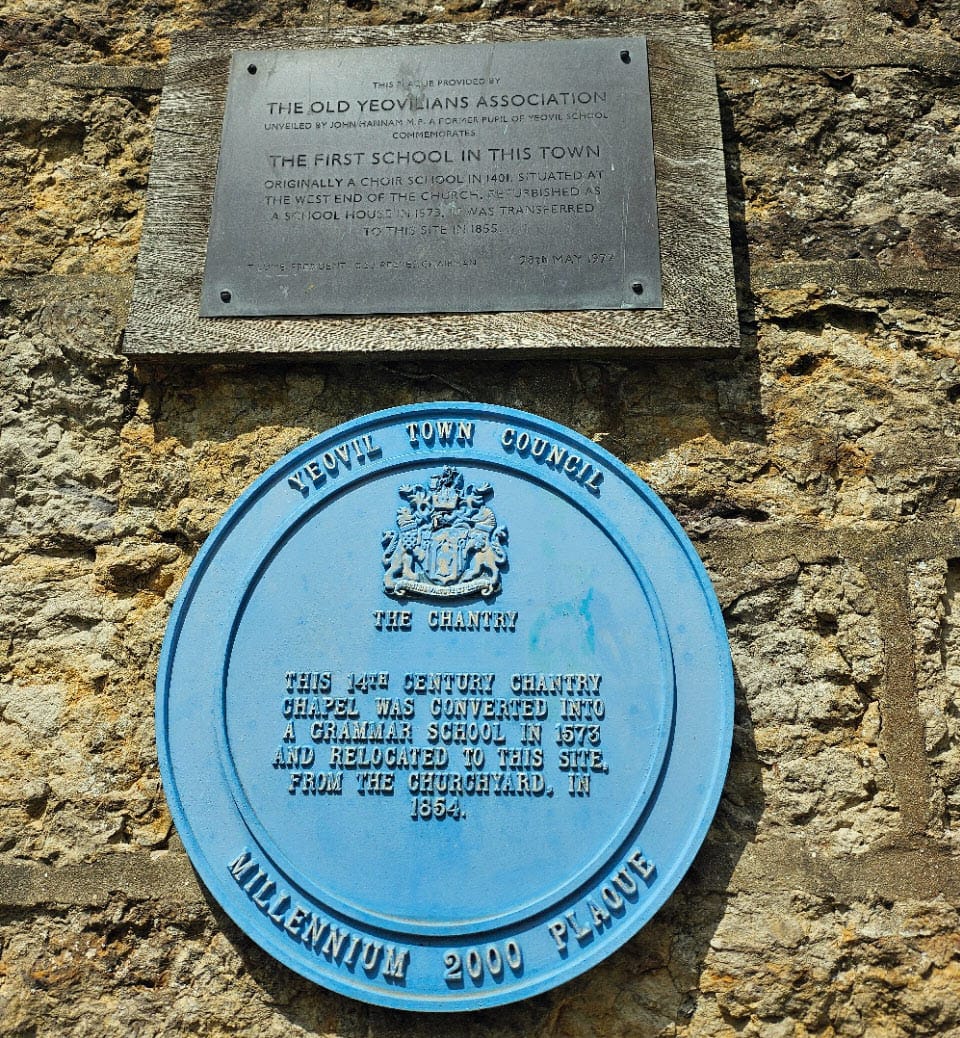
The top plaque, installed in 1977, commemorates Yeovil’s first school, originally a choir school dating back to 1401. It was refurbished as a schoolhouse in 1573 and moved to this spot in 1855. The second plaque, added for the Millennium, notes that the building – The Chantry – was once a 14th-century chapel, later converted into a grammar school.
Curious, I did some digging and found a detailed account from Yeovil historian Bob Osborn, who traces The Chantry’s story across six centuries. It was first the "Chantry Chapel of St Mary the Virgin without the Church," attached to the tower of St John’s. In 1573, the chapel was repurposed as a school for local boys.
In those early years, they were taught reading, writing, arithmetic, and the church catechism, and were expected to attend church on Sundays and prayer days. A roll call was held each morning and evening to check they’d turned up.
The building was dismantled in 1854 to extend the churchyard and was rebuilt the following year on its current site, though more as a tribute than a reconstruction. When the old schoolroom was demolished, it was estimated to date back to the reign of Richard III (1483-1485). Some of its features, including two chimneypieces, were salvaged and incorporated into the new Chantry, while the roof structure was replicated.
In the years that followed, it served various purposes: a place of Catholic worship, part of a technical institute, and today, a document store for a local firm of solicitors.
All that history. And I’d walked right past it, blind to it, so many times.
There’s something humbling about discovering these layers beneath familiar ground. In noticing the plaques – and then learning the story behind them – I was reminded how easily the past folds quietly into the present, waiting for someone to stop and see it.
It was a small moment. But one I’ll remember.


